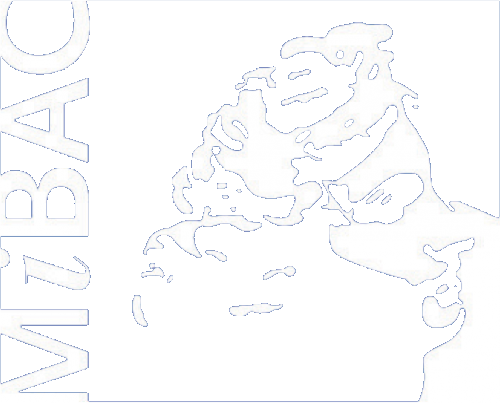The regional thematic exhibition ‘Graffiti dell’Umbria’ has been held in prestigious venues such as Trinci Palace in Foligno, Gallenga Stuart Palace in Perugia, the Council Chamber of the Municipality of Collazzone, the Church of the Madonna dell’Acquasanta in Piedicolle, the Church of Saint Mary of the Assumption and the House of Tales in Vallo di Nera, the Municipal Art Gallery in Nocera Umbra and the museum complex of San Francesco in Trevi. In 2025 the exhibition is set up in the museum complex of San Francesco in Montefalco and will later be transferred to Spello in a location still to be defined.
The aim of the diffuse exhibition is to prioritise educational paths and the knowledge and promotion of the territory.
MONTEFALCO | ST. FRANCIS MUSEUM COMPLEX
FROM 13 APRIL TO 15 JUNE 2025
TREVI | ST. FRANCIS MUSEUM COMPLEX
VALLO DI NERA | HOUSE OF TALES
FROM 1 JUNE 2023 TO 01 OCTOBER 2024
VALLO DI NERA | CLOISTER OF THE CHURCH OF SAINT MARY OF THE ASSUMPTION
NOCERA UMBRA | MUNICIPAL PICTURE GALLERY
FROM 1 JUNE TO 31 DECEMBER 2022
PERUGIA | GALLENGA STUART PALACE
COLLAZZONE | COUNCIL CHAMBER AND CHURCH OF THE MADONNA DELL’ACQUASANTA
FROM 15 SEPTEMBER TO 15 DECEMBER 2021
FOLIGNO | TRINCI PALACE
FROM 5 JUNE TO 29 AUGUST 2021
The San Francesco Museum Complex in Montefalco is an authentic jewel in terms of art, history and tradition. The heart of the Museum Complex is the Church of St. Francis with its extraordinary cycle of frescoes by Benozzo Gozzoli on the stories of the life of St. Francis. The walls still preserve interesting graffiti dating back to the 15th and 16th centuries. The museum complex also includes the Civic Art Gallery, the Archaeological section, the Sagrantino Museum and the friars’ cellars.
The Museum Complex of San Francesco in Trevi, within the city’s new cultural centre: in addition to the church and convent, the museum of the civilisation of the olive tree, the library, the archives, and the archaeological, artistic and anthropological collections.
The church of Saint Mary of the Assumption in Vallo di Nera is a small treasure, whose apse painting cycle and the ex-votos on the walls make it one of the most interesting monuments in Umbria. The nave boasts some votive graffiti. Not far from the church is the Casa dei Racconti (House of Tales), inaugurated in 2015, which is the repository of the oral tradition of the entire community, especially the one that has been handed down for generations and contains myths, legends, fables, tales and satires. The Chapel of the Image of the Gallows is also worth a visit.
In addition to the Council Chamber of the municipality of Collazzone, the small Church of the Madonna dell’Acquasanta exemplifies a place that started out as a shrine and was converted into a church, inside which man not only frescoed the walls and prayed, but also wrote and engraved to leave his personal mark for the Divine and for others. Such environments reproduce different modes of expression worthy of study and preservation.
Moreover, the idea of a widespread exhibition set up in Gallenga Stuart Palace in Perugia, home of the University for Foreigners and since 1927 a crossroads and meeting point of different cultures and human experiences related to the study of Italian language and culture, takes on a profound value as it allows for the creation of a bridge between the current Umbrian reality and its history, which matured along the ancient pilgrimage routes and paths, where over the centuries wayfarers from all over Europe chose to leave a sign of their passage.
The location of Trinci Palace in Foligno, one of the most beautiful examples of a late Gothic Italian residence, seems ideal in that the building holds numerous and precious graffiti testimonies, in need of being preserved and protected, documented and saved. Nowhere is a continuous dialogue created between the frescoes, their respective coeval captions and the many spontaneous and immediate graffiti that have been subsequently affixed by the many visitors to the place, as in Palazzo Trinci.


